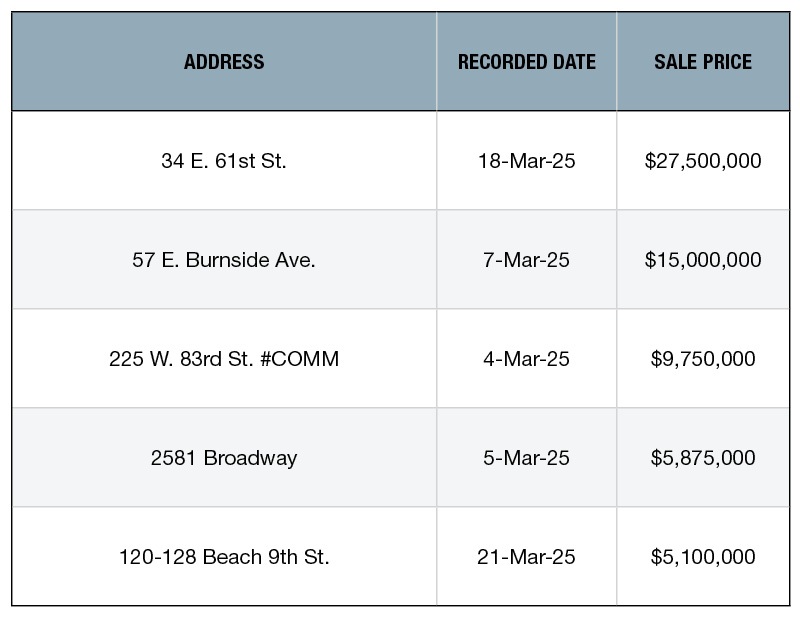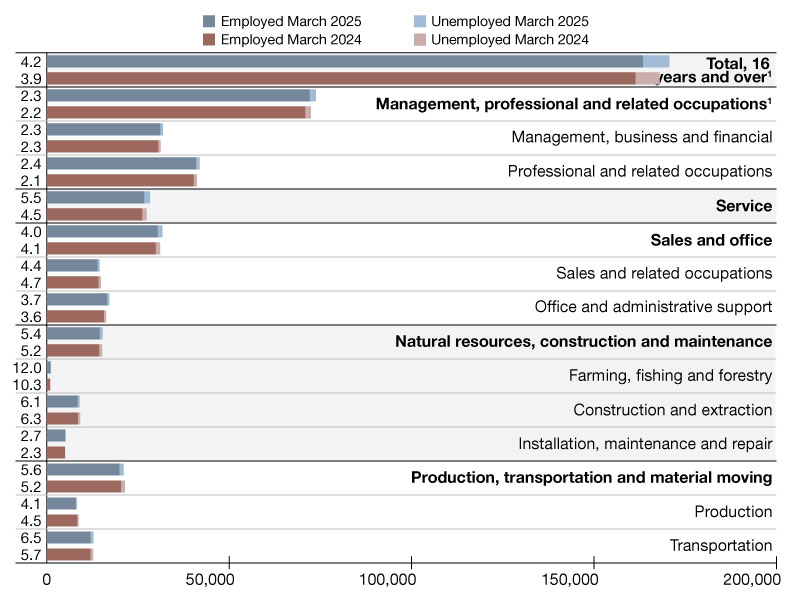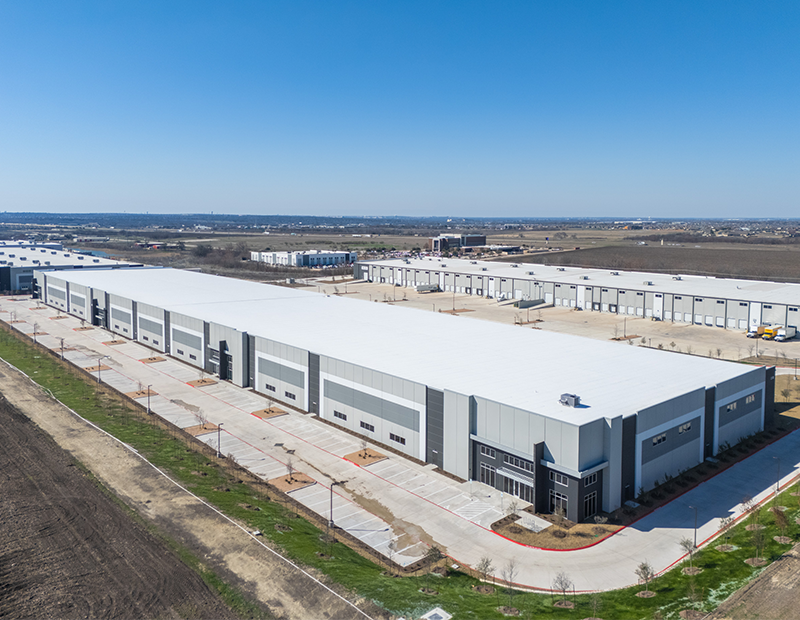Economist’s View: How Inflation Will Impact Property Valuations
Net operating income growth is possible in a high-inflation environment.
Today’s inflation suggests that your pro forma models should be accounting for notably higher net operating income increases in the next year than the traditional 2-3 percent. We would suggest something like 5.5 percent for the next 12 months, followed by about 3.5 percent for the subsequent 12 months, before falling back to the traditional 2-3 percent. Doing so not only incorporates greater rent growth but also raises the base from which future rents rise. Note that at the end of five years, this set of assumptions yields a roughly 3 percent higher valuation than a steady assumption of 3 percent growth.

Peter Linneman
Any declines in real estate prices will occur by nominal prices rising slower than inflation. However, these inflation-adjusted declines will not come about in markets with supply and demand balance. Even so, inflation-driven declines in real prices in the face of weak supply and demand fundamentals will still benefit current owners by allowing them to pay off their debt with deflated dollars.
Mark Roberts of Crow Holdings recently published an analysis, which finds that, historically, property NOI growth tends to exceed inflation—adjusting for market supply and demand conditions. He notes that inflation rates beyond 4 percent tend to generate negative cap rate spreads. This is because future NOI is dramatically higher than the current yield in a high-inflation environment.
Think of it this way: In a high-inflation environment, the largest real payment on the long bond occurs in year one, while the lowest payment on real estate occurs in year one. Such negative spreads mean that interest coverage declines, making leveraged real estate increasingly a residual value bet. But cap rates can remain low even in a high-inflation environment with rising interest rates.
Are the recent modest increases in cap rates and the flaking out of deals over the past few months due to higher interest rates? Or are they attributable to increased geopolitical risk, uncertainty about how far rates rise or spiking oil prices? The answer is that greater uncertainty about many issues over recent months has driven money to the sidelines. Most simply stated, fear is defeating greed. But never forget that greed always returns.
Remember that by any historical standard, there is a lot of excess cash and bank reserves with which resurrected greed can quickly deploy with a vengeance. Look no further than the pricing of negative cash flow tech companies for proof that values are driven by the flow of funds. Specifically, when money desperately wanted in, tech company values soared. But as money flows reversed, the same fundamentals saw values collapse.
The drop in the stock prices of mature negative cash flow stocks such as Netflix, Uber and Spotify may represent a return to the first principles of valuation: generate cash flow. For years, we have not understood why capital markets were so happy to continually accept growing usage, despite ever-mounting losses. Now, investors are finally saying “no more!” This return to common sense is bad for S&P valuations but good for real estate. It hopefully signals a greater focus on current cash flow rather than dreams—fantasies—of exploding profitability. As cash flow once again comes into vogue, negative cash flow companies have seen their values plummet even as usage increases. As a result, we expect more money to flow to real estate.
Dr. Peter Linneman is a Principal and Founder of Linneman Associates and Professor Emeritus at the Wharton School of Business, University of Pennsylvania. www.linnemanassociates.com
Follow Dr. Linneman on Twitter: @P_Linneman








You must be logged in to post a comment.